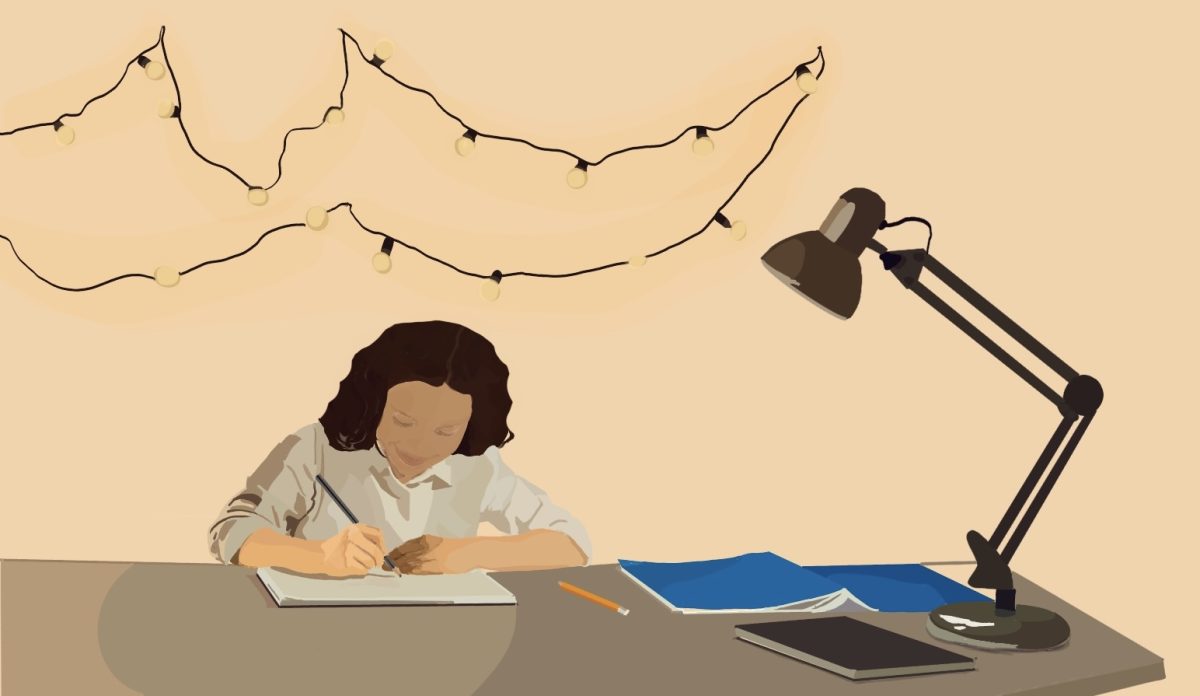There is no question that diabetes, heart problems, and decreased life expectancies are becoming an increasing problem nationwide. Statistics from independent researchers show that the number of students who walk or bike to school has decreased substantially since 1969. Thanks to a grant provided last year due to the efforts of P.E. teacher Terri Thornton, Walpole High now is able to offer expanded and more diverse physical education classes to instruct students in a broad number of different fitness routines. Physical education staff have been actively adding or planning to add new activities for their classes, including ropes courses, the video game “Dance Dance Revolution,” pilates, yoga, weight lifting and archery. Yet, even as new activities are being integrated into the classes, scheduling obstacles and limited classroom space still hinder students from these increasingly diverse physical education activities. Walpole High owes it to the students to clear these hurdles and move forward with offering students specialized, physical education electives as soon as next year.
The Walpole High School Graduation Committee recently agreed to recommend that Walpole High require every student to take a physical education class. While students previously could waiver P.E. courses if they had a full academic schedule, this committee’s recommendation would require all students to take at least a semester of P.E. courses.
Although this potential requirement could be an important milestone in promoting fitness at Walpole High School, the best way to instill proper physical fitness habits in students is to not only require students to take a P.E. class, but to also give them a wide range of specialized electives.
More choices mean students will feel less pressured to take a physical education class they do not like because they need it to graduate. Students will have more fun if they can take a physical education class they like and can choose out of a variety of different classes.
The physical education teachers currently run classes nearly every period. P.E. teacher Quinn Geary said that three out of the four physical education teachers teach every period, but space remains the biggest issue in trying to expand the selection of physical education classes. “During the warmer months, when classes are able to be outside, there is plenty of space for multiple classes,” Mr. Geary said. But once winter begins, it can be extremely difficult to have more than just a few classes during one class period. “The gym is too small to accommodate more than two classes, and even that is a stretch,” Geary said.
The solution to the lack of space could actually be fairly simple. Walpole High School should add other physical education electives to its course lineup. A walking class, for example, can conduct its activities even in the winter. In addition, orienteering and hiking can be taught year-round, even in snow. Deborah Follrath, a teacher in Ludington, Michigan, runs a walking class at her high school. The purpose of her “Fitness Walking Class” is to “facilitate the development and maintenance of physical fitness by using fitness walking as the activity,” she wrote on PE Central, the premier website for health and physical education teachers, parents, and students. The students in the class walk an average of about 2-4 miles per class, and are issued pedometers for use inside and outside of school. “[The students] realize fitness walking is not leisure strolling,” Follrath writes. Although the students generally walk outside “within a 4 mile radius of the school,” inclement weather means they stay “inside the gym where [they] alternate walking patterns, [and] perform to walking videos,” she says. They also take advantage of a nearby wooded trail, where they conduct an orienteering course where students learn skills such as “biomechanics, safety, cardiovascular endurance, flexibility, fluids and hiking.” Follrath’s class can easily be adapted for Walpole High School, and the important life skills that are taught such as cardiovascular endurance and hiking make the class even more compelling for high school-age students.
Walking, Pilates, and yoga do not require much space in the gym, and can take place outside, or even in the hallways or cafeteria. Alternative physical education classes have already proven their worth at a number of higher education institutions and other schools across the country as healthy and simple alternatives to more athletically rigorous physical education classes.
“Later in life, it can be difficult to coordinate enough people to form a backyard soccer, football, or hockey game,” Mr. Geary said. While Mr. Geary is not convinced that electives, including a walking class, would be effective, these electives would definitely be valuable learning experiences for how students could remain physically fit in the future. Furthermore, as Geary said, “Any activity that gets people off the couch, away from the TV or computer and moving around will help improve a person’s overall health.” Although a P.E. class currently offers various activities and “gets people off of the couch,” a specialized, diverse group of P.E. electives would entice more students to enroll in these classes.
In addition, the US Census Bureau found that between 2006 and 2007, 7.3 million students took part in high school sports. The Census Bureau’s analysis suggests that students are definitely participating in athletic activities on a regular basis, indicating that students do not need to participate in rigorous physical education during the school day. Students who already get physical activity from the sports they play can benefit from having physical education classes that are less demanding and more geared towards physical fitness, like walking, rather than intensive activity.
The Physical Education Department needs to creatively expand their course offerings to appeal to a diverse student population. Although space for class and scheduling are two major hurdles that must be taken into consideration, it is imperative that the P.E. program reorganize its course offerings to better serve the student population and to promote healthy fitness practices. Mr. Geary still says his department is unable to offer too many new classes as there is a lack of semester classes in other departments, therefore making it difficult for students to offset open areas in a student’s schedule. This problem can be solved by working with Guidance and with other departments to offer a more expansive set of elective courses. It is clear no matter what, though, that offering the same old intensive physical education class is not necessary for every student. More options – and more ways to be physically fit – are needed and necessary for the Walpole High School physical education program.








Clora Prasomsack • Dec 3, 2011 at 8:11 am
Shadow…Meyer is a licensed and in good standing in both Illinois and Wisconsin. He is Fellow of the American College of Forensic Psychologyand has been approved by the State of Illinois Sex Offender Board.